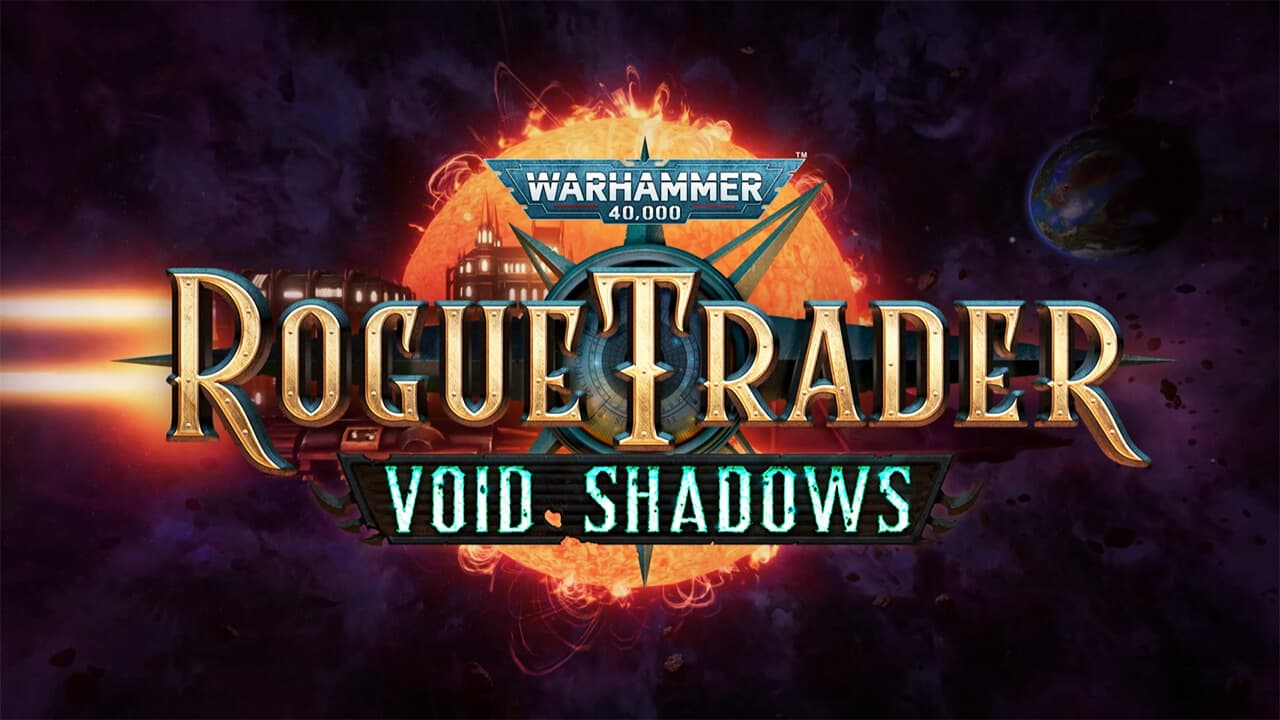Starter Kit Essentials for Warhammer 40k Hobbyists and Beginners
A concise checklist from a CBR guide outlines the core tools, paints, workspace setup, digital resources, and community steps every new or returning Warhammer 40k hobbyist should prioritize. The recommendations help players avoid overspending on gear, speed up learning, and improve both assembly and tabletop experience.

A CBR guide distills practical advice into a clear starter checklist for Warhammer 40k hobbyists, focusing on tools, paints, workspace, digital aids, and community involvement. The guidance is designed to be useful whether someone is beginning the hobby for the first time or returning after a break, and it emphasizes practicality over costly equipment.
The heart of the checklist is basic modelling equipment. The guide recommends plastic nippers or cutters, a hobby knife, plastic cement or model glue, and small files or sanding sticks. These items are presented as the baseline for safely removing parts from sprues, cleaning mould lines, and assembling miniatures with confidence. Keeping to these essentials helps new painters avoid common assembly problems and reduces the chance of damaging components.
On the painting side the guide recommends a small set of acrylic model paints that covers fundamentals such as black, white, primary colors, and metallics. It suggests investing in a few quality brushes, namely one detail brush and one basecoat brush, alongside a palette and a water pot. Primer is noted as essential and can be either spray on or brush on depending on access and preference. The advice stresses starting small, pointing out that a large paint collection or an expensive airbrush is not necessary to achieve satisfying results.
Practical workspace and terrain recommendations underscore how environment affects enjoyment and outcomes. A flat, well lit area improves accuracy when assembling and painting. Simple terrain pieces, whether made at home or bought pre made, are recommended to increase immersion and make early tabletop games more engaging. The guide frames terrain as a cost effective way to enhance both hobby time and playtesting sessions.
Digital resources and reference materials are also part of the checklist. Official Warhammer apps and community pages offer rules, datasheets, and army building tools that are handy for list building and for quick reference during games. These tools reduce the barrier to entry for new players and make it easier to prepare for matches.
The guide closes by urging hobbyists to join a local store, club, or online community. Interaction with experienced players and participation in store events accelerates learning far more than equipment alone. For newcomers and returners alike this checklist provides a practical foundation to start assembling, painting, and playing without unnecessary expense, while pointing a clear path toward deeper involvement in the community.


